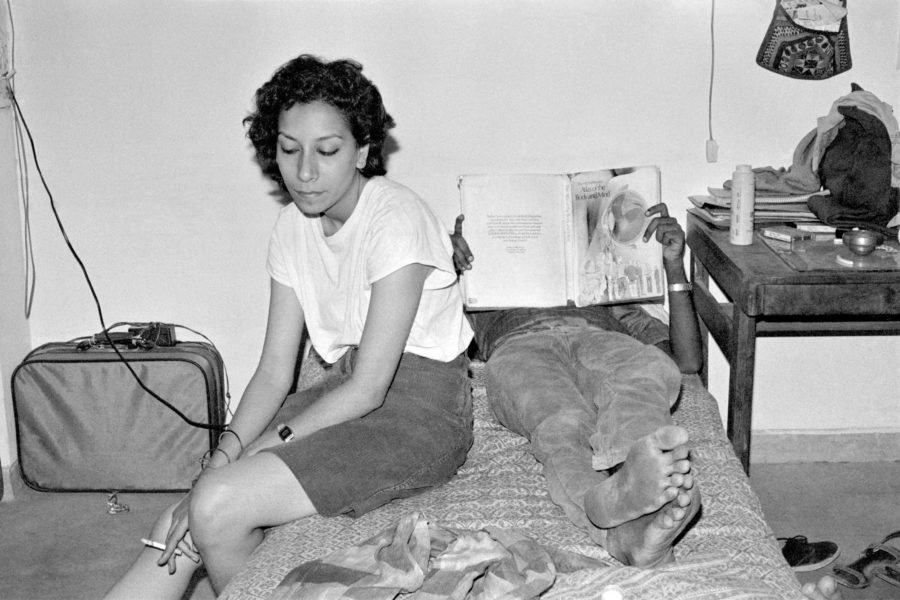
Tag: Dayanita Singh

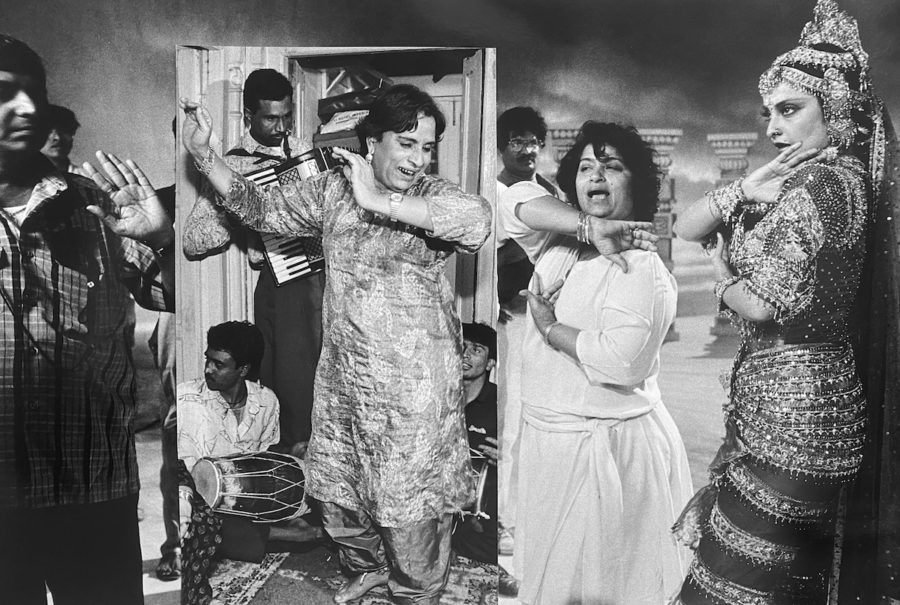
In Singh’s first major survey, on show in Berlin, the movement and physicality of the photographer’s creative process manifests in her free-flowing images and the many forms she employs to create and show them
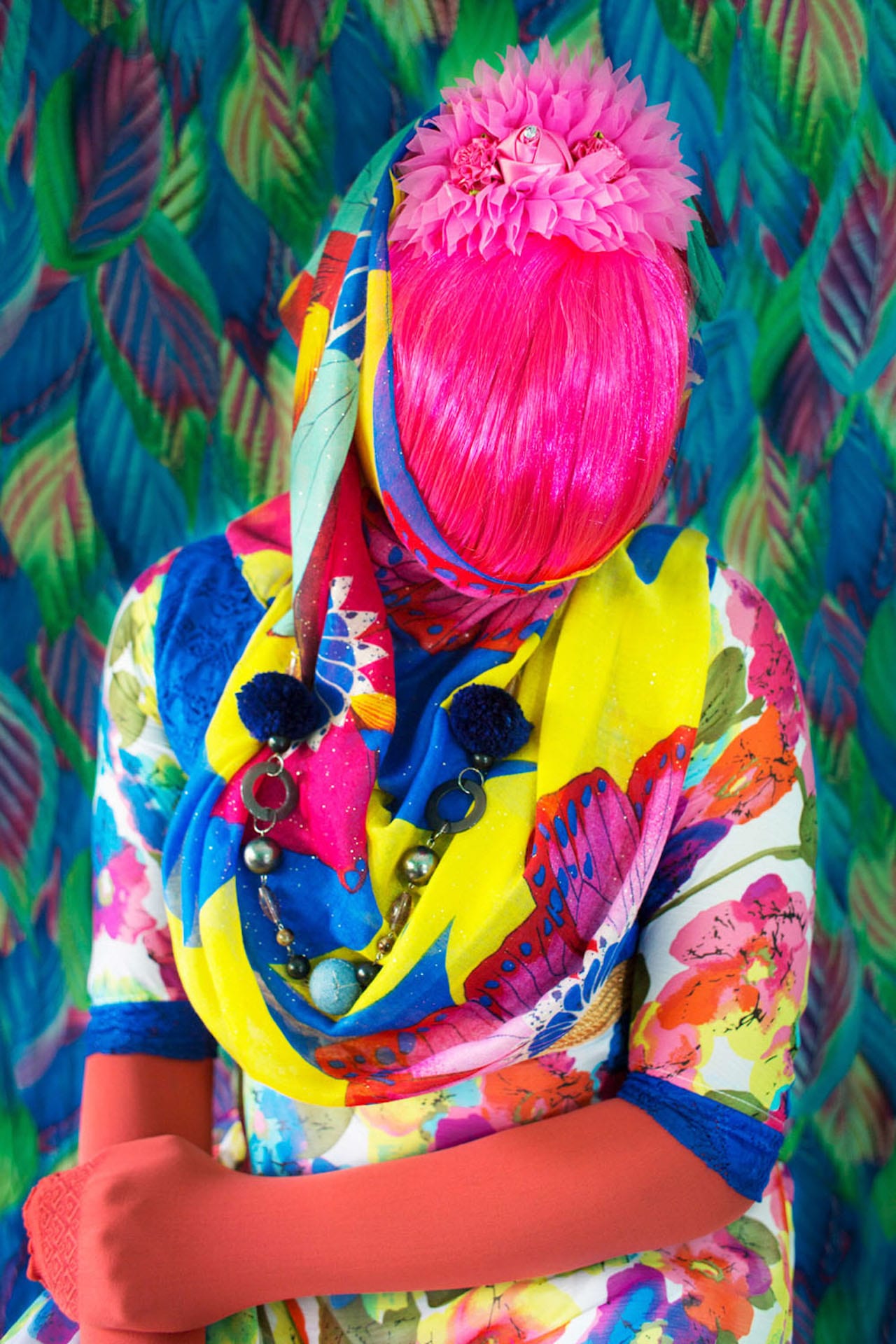
“Chobi Mela continues the way it began,” writes Shahidul Alam. “Unyielding to power.” He’s referencing the very first Chobi Mela festival, which opened in Dhaka, Bangladesh back in 2000. Alam and Robert Pledge had painstakingly put together an exhibition on Bangladesh’s 1971 war, which a government minister – phoning at midnight – wanted to censor; rather than comply and remove the offending prints, Alam and Pledge moved the entire exhibition to a new venue, which opened at 3pm the next day.
“That is how we’ve always done it,” writes Alam, the founder of Chobi Mela. “Against the odds, facing the storm, with the wind against our face.”
Though he doesn’t mention it outright, it’s difficult to read his comments now without also thinking of Alam’s own recent experience, in which he spent 107 days in Dhaka Central Jail last year. The 63-year old photographer and Drik Gallery director was arrested on 05 August after stating in an interview with Al Jazeera that the wave of student protests in Bangladesh last year was a reaction to government corruption. He was charged with violating Section 57 of Bangladesh’s Information and Communication Technology Act (ICT) – which has been used in more than 20 recent cases involving journalists, most of them related to news-reporting – and was held for more than 100 days.
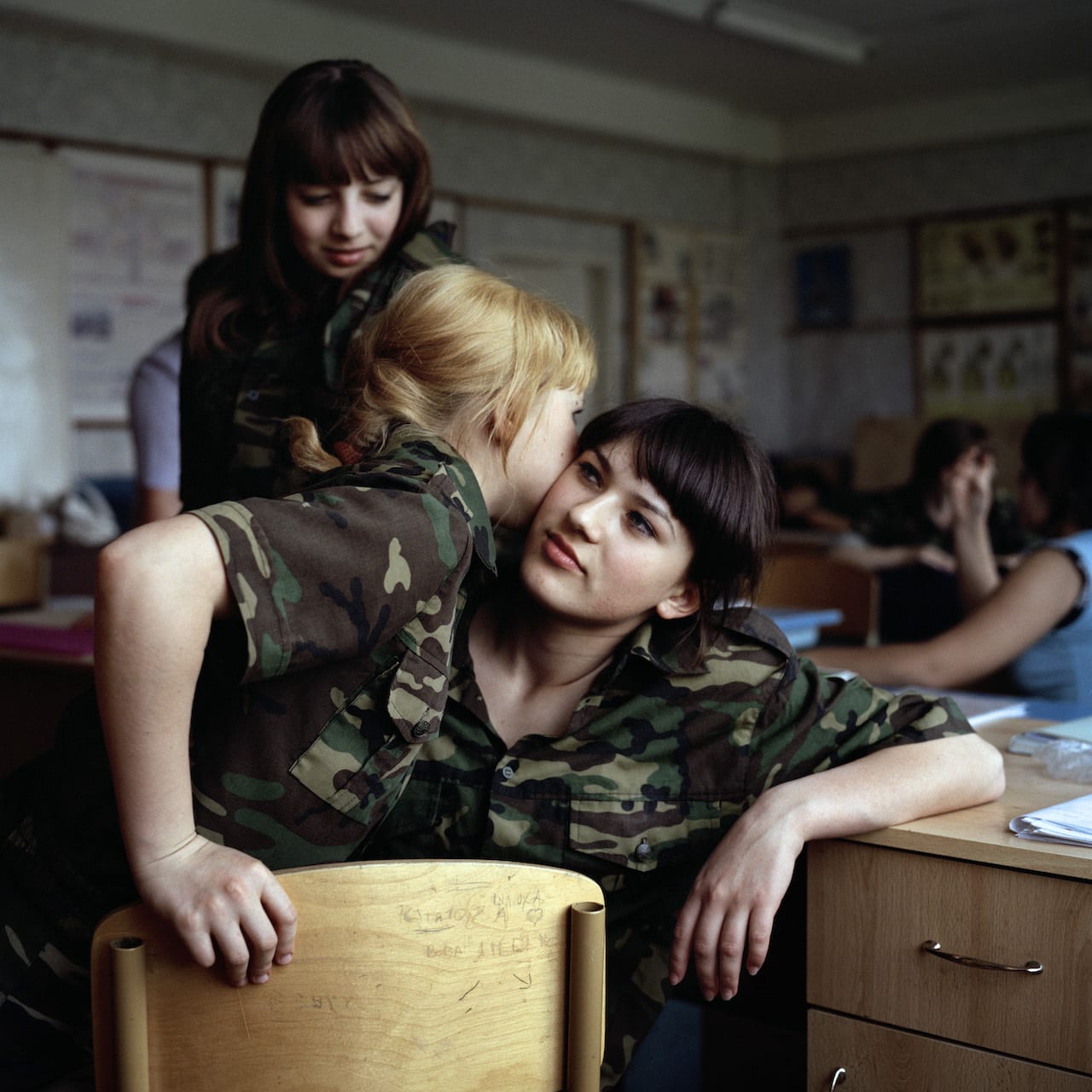
“She hangs around with us after school even though we make it clear she bores us. We whisper nonsense and pretend to laugh at jokes so she laughs too, and we ask, ‘What’s so funny?’ to watch her squirm. She knows we are mean, and yet still she follows along behind. ‘Like a dog,’ we say, loud enough for her to hear.”
On athousandwordphotos.com this is the start of the text accompanying an image of Russian army cadets by Anastasia Taylor-Lind – but it’s not a direct quote from one of the young women depicted. Instead it’s a work of fiction by author Claire Fuller, inspired by the image but written without any knowledge of the circumstances in which it was shot.
It’s the same with the story that accompanies Karim Ben Khalifa’s photograph of a sofa, which was taken in war-torn Kosovo in 1999. In real life, the sofa had been looted and therefore set on fire by French peace-keepers to discourage further looting. But in author Dan Dalton’s hands, it’s set on fire by a 17 year old, who had spent happy hours with a slightly wayward group of friends hanging out on the abandoned couch. Meanwhile a photograph taken by Dungeness nuclear power station by Phil Fisk, inspired Lydia Ruffles to write a short story about a worker called Tomo who’s afraid of the sea.
Pairing documentary photography with fictional writing isn’t new – in fact it’s become quite a trend, with image-makers such as David Goldblatt, Vasantha Yogananthan, Max Pinckers, and Dayanita Singh – among many more – all playing with the combination in recent years. But the examples above come from quite a different project, set up to support Interact Stroke Support – a London-based charity that organises sessions in which actors read to recovering stroke patients.
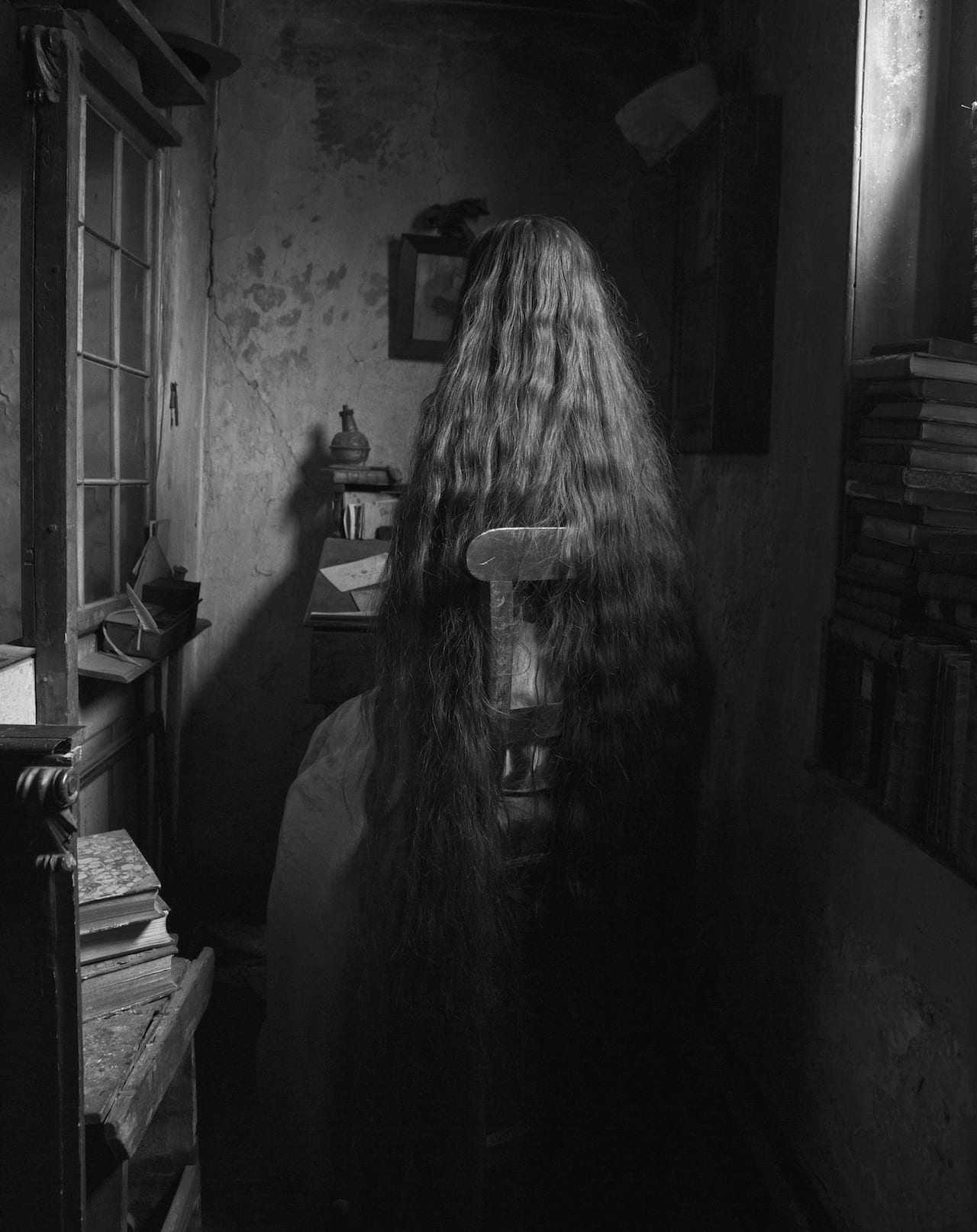
What do Sophie Calle, Rineke Dijkstra, Susan Meiselas, and Hannah Starkey all have in common? They’re all on the list of 100 contemporary women photographers picked out by the UK’s Royal Photographic Society, after an open call for nominations. Over 1300 photographers were recommended to the organisation by the general public, which was slimmed down by a judging panel headed up by photographer Rut Blees Luxemburg.
The final list includes well-known names but also less recognised image-makers such as Native American artist Wendy Red Star, Moscow-based photographer Oksana Yushko, and Paola Paredes from Ecuador. Each Heroine will be awarded a Margaret Harper medal, named after the first female president of The Royal Photographic Society, and the first female professor of photography in the UK. An exhibition and accompanying publication will follow, all part of a bid to highlight women working in what is still a male-dominated industry.
“Although it was a truly challenging exercise having to consider 1300 women, being a part of the jury for Hundred Heroines was ultimately an incredibly stimulating and inspirational process,” says Luxemburg. “This final list reflects both the global expanse of female practice and the intergenerational input into contemporary photography. It reflects the wide range of methodologies, practices and diverse approaches of women working with the photographic medium. This is a moment of change and this list of heroines pays heed to it.”
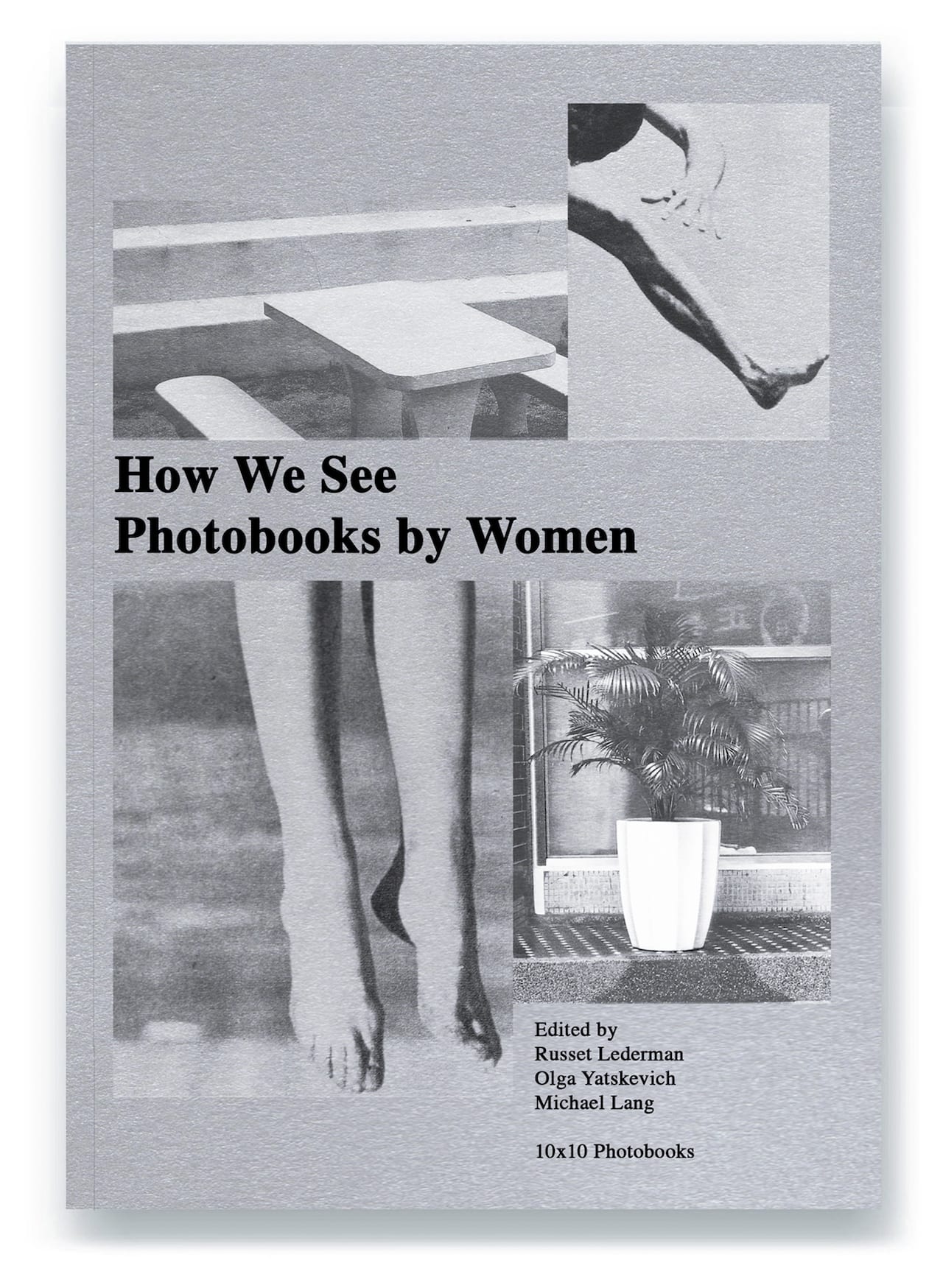
History confirms it – the first photobook was made by a woman, with British photographer Anna Atkins publishing Photographs of British Algae: Cyanotype Impressions in 1843, a year before Henry Fox Talbot’s The Pencil of Nature. Still, many historians, including Allan Porter in his introduction to The Photobook: A History, dismiss Atkins’ work as “photographic prints” rather than photography.
“Unfortunately, this is far too often emblematic of the uphill battle women photobook-makers still encounter when we talk about their history,” says Russet Lederman, co-founder of 10×10 Photobooks. “As we conducted research for the How We See project, we discovered that although women photographers produce relatively equal numbers of photobooks to men, their representation in the higher-profile sectors was, and still is, disappointing.”
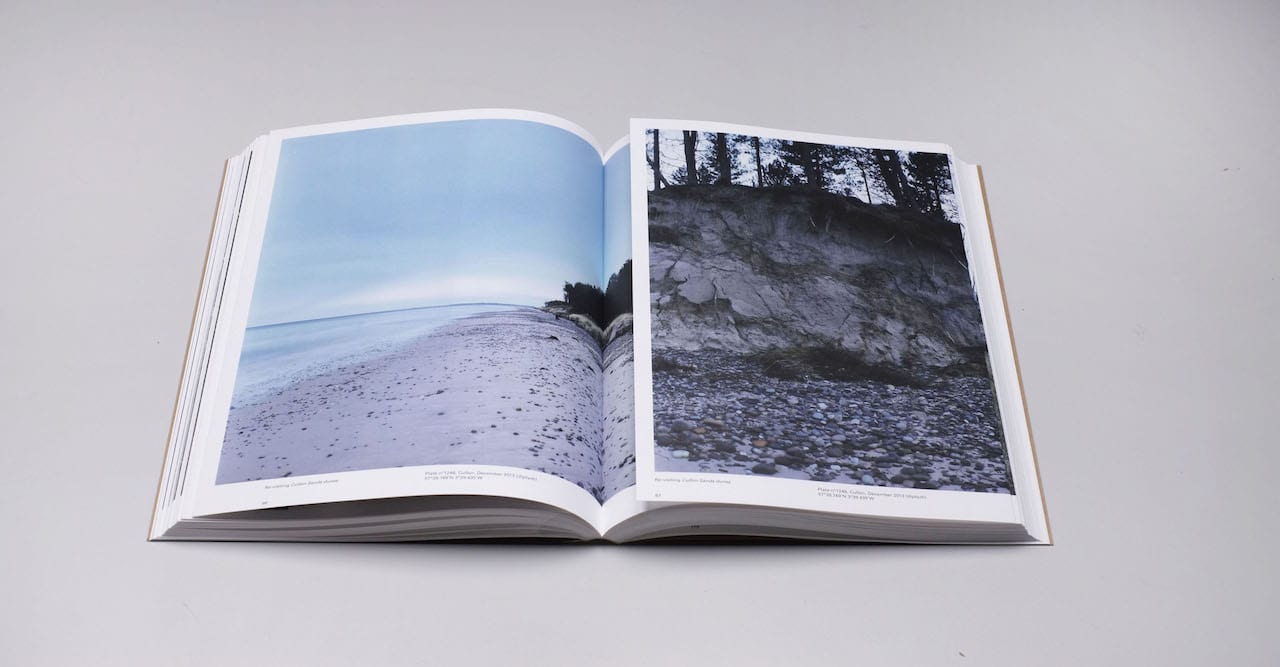
Chrystel Lebas has won the Kraszna-Krausz Foundation Photography Book Award, beating off the two other shortlisted photographers – Stephen Gill and Dayanita Singh. Lebas won the prize for Field Studies: Walking through Landscapes and Archives, which she published with Dutch outfit FW: Books. Field Studies is framed by the work of 20th century botanist Sir Edward James Salisbury, particularly his glass plate negatives from the 1920s, retracing his steps and making new images in the same Scottish landscapes. Gill was shortlisted for Night Procession, which he self-published through his imprint Nobody Books; Singh was shortlisted for her multi-book project Museum Bhavan, which was published by Steidl.
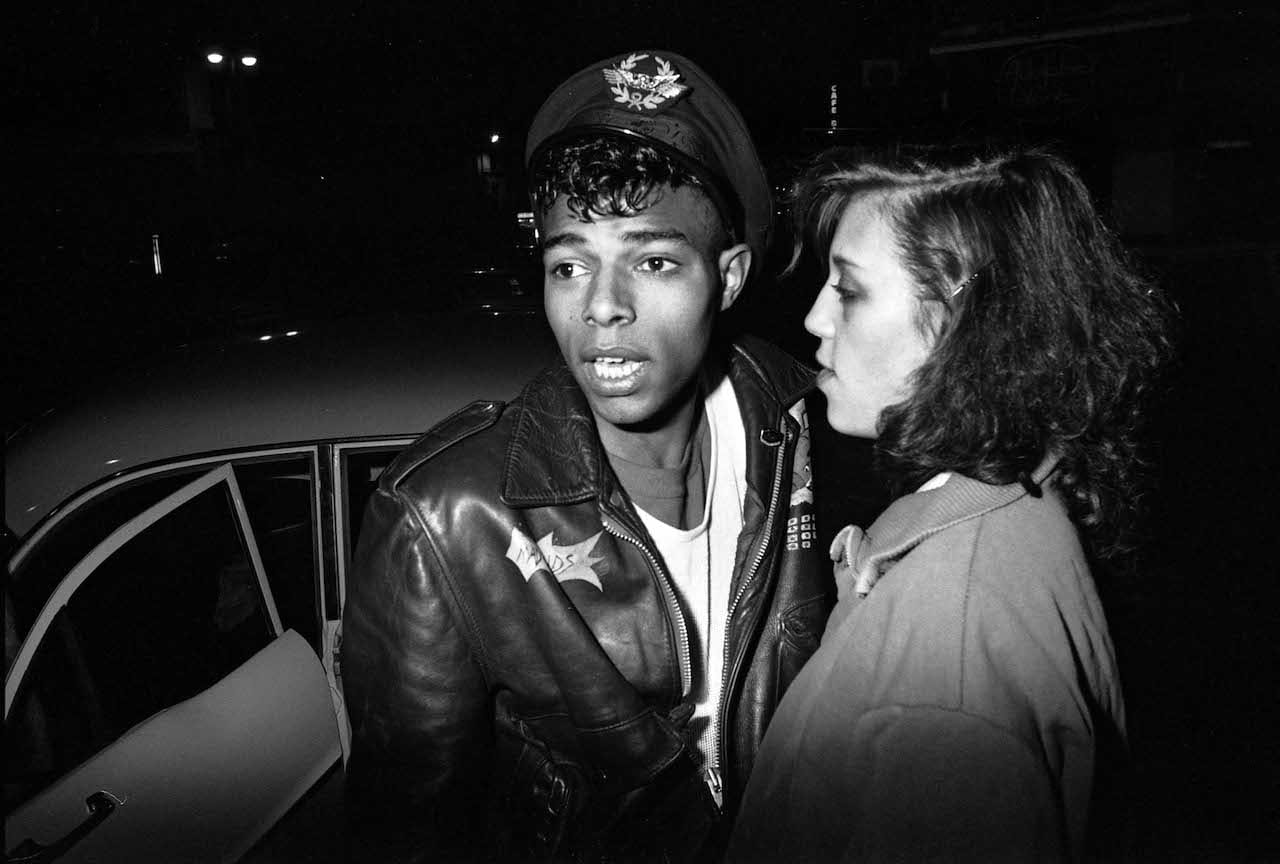
“They’re all driven by motivations that are both personal and political to a degree, and they are all self-initiated projects,” says curator Alona Pardo of the photographers in the show Another Kind of Life: Photography on the Margins. “Some may have started as commissions, but very early on took on a life of their own. It was interesting to think about the role of the photographer, because often the photographer hides behind the camera as a facade. There is also an interesting subtext of the photographer occupying the position of an outsider within mainstream society. They are there, assertively documenting the world.”
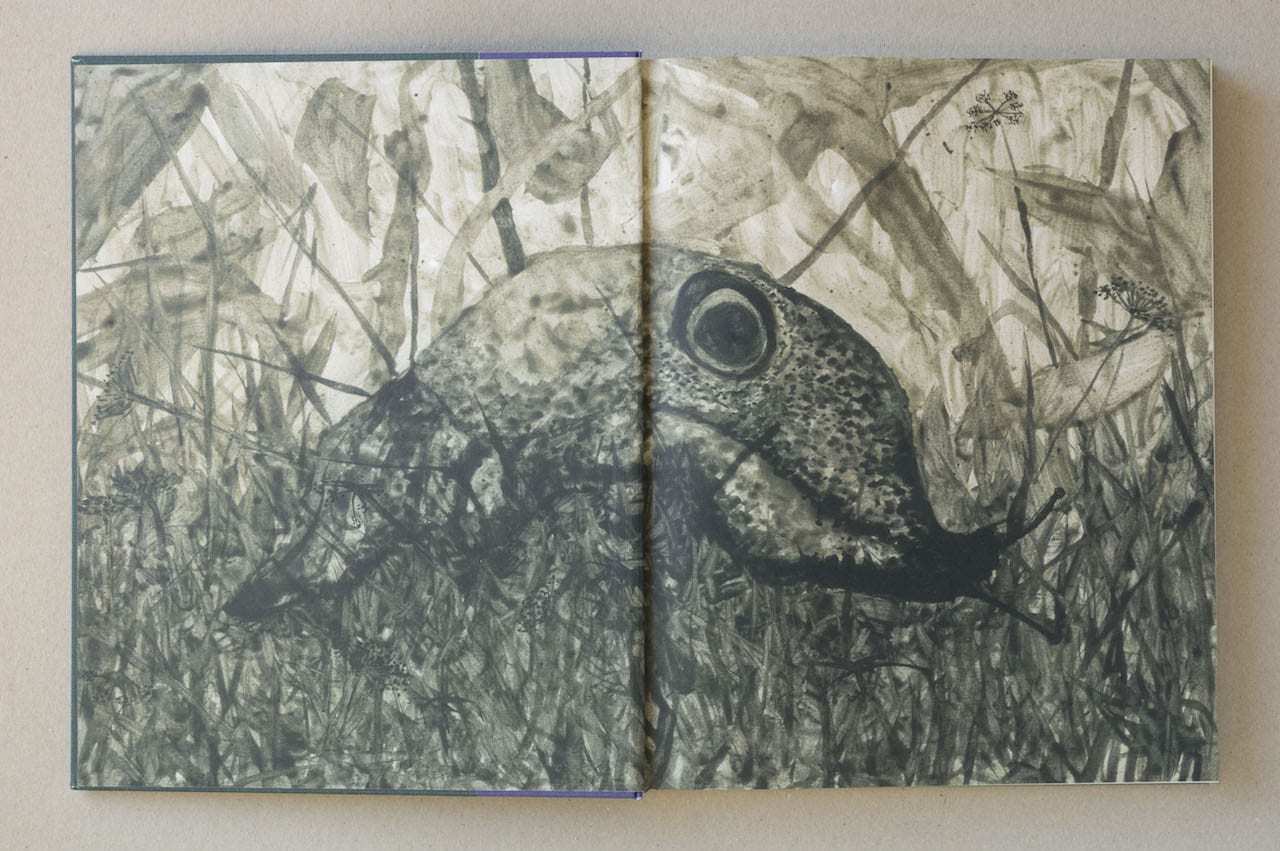
First awarded back in 1985, the Kraszna-Krausz Foundation Best Photography Book prize is one of…
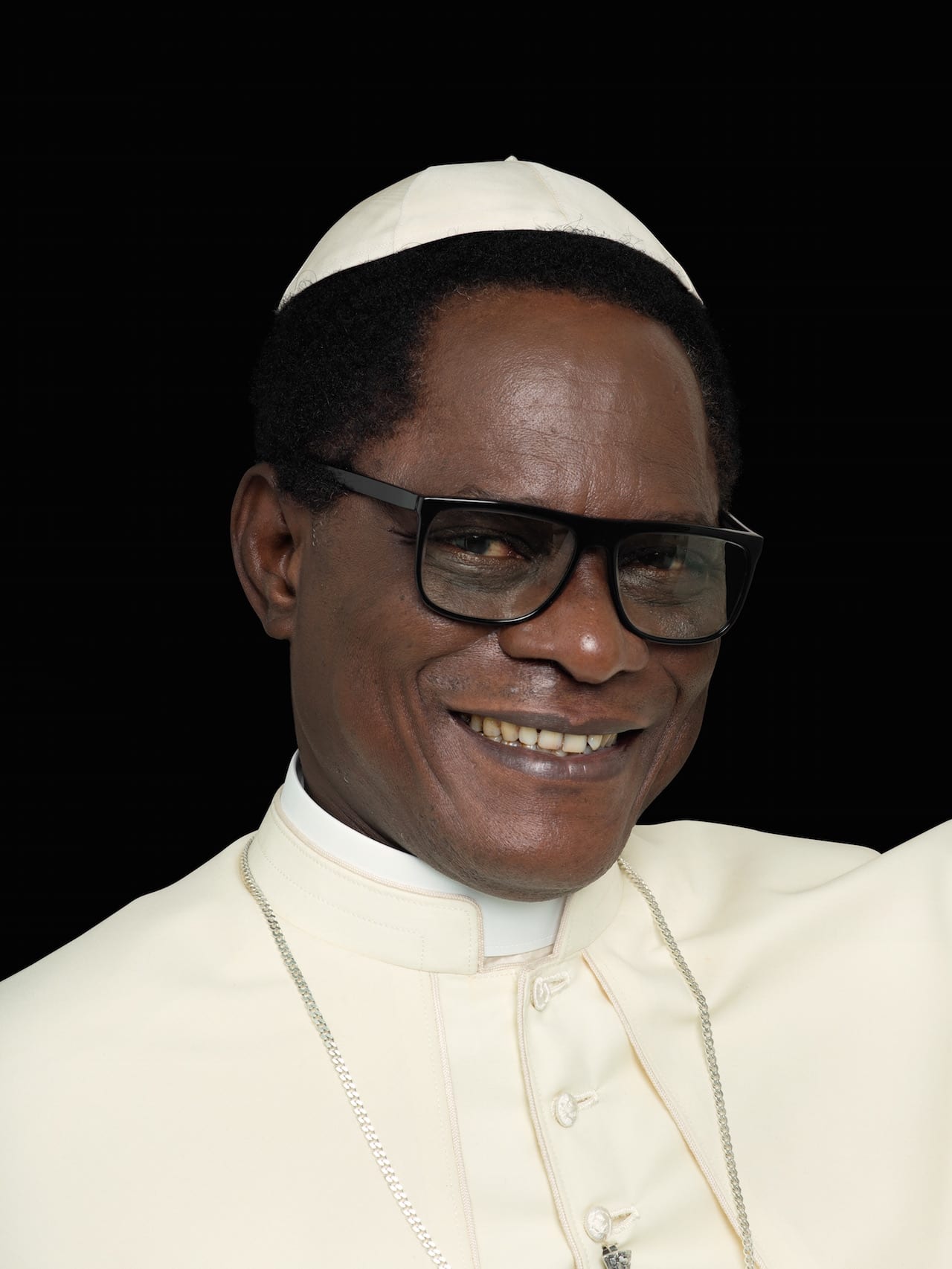
Bruce Davidson has won a Lifetime Achievement prize in this year’s ICP Infinity Awards, which will be formally presented on 09 April. Best-known for his two-year project on the poverty-stricken residents of East 100th Street, Davidson joined Magnum Photos in 1958 and showed his work at the Museum of Modern Art in 1963. His work often documents social inequality, and includes iconic series such as The Dwarf, Brooklyn Gang, and Freedom Rides.
